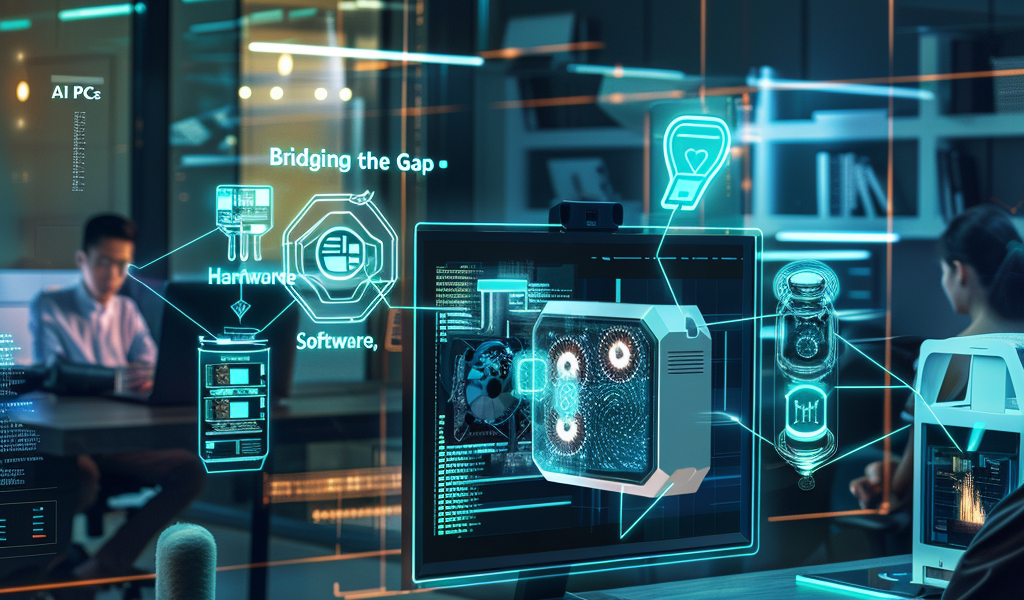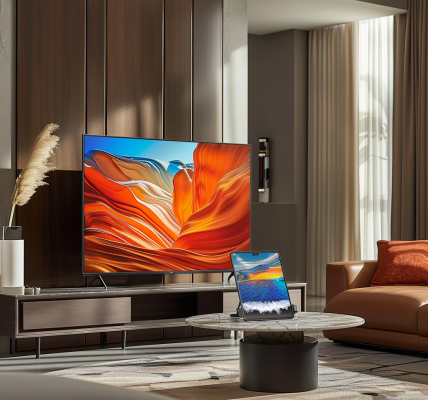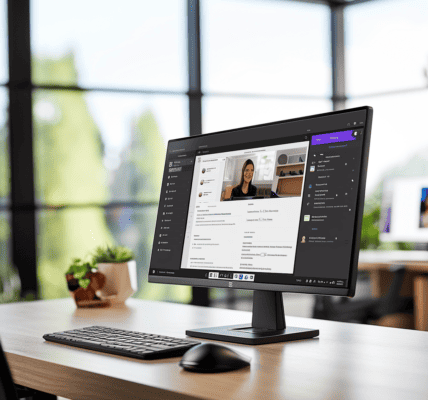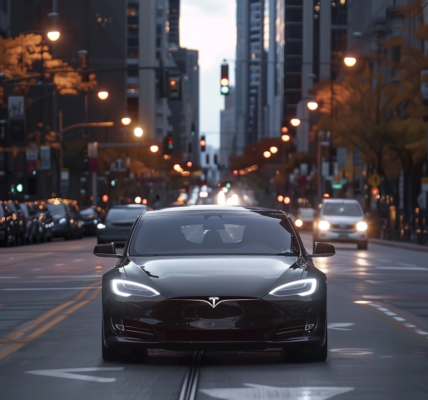AI PCs: Bridging the Gap Between Hardware and Software
As the demand for artificial intelligence (AI) continues to grow, so too does the need for specialized hardware capable of handling the unique requirements of AI workloads. Recent discussions have shed light on the evolving landscape of AI PCs, highlighting the significant differences in memory and storage needs compared to traditional personal computers.
Kingston Technology, a leading global manufacturer of memory devices and storage solutions, has been at the forefront of this conversation. With its headquarters in Fountain Valley, California, Kingston is recognized as the largest independent DRAM module producer, employing over 3,000 individuals across various manufacturing and logistics facilities worldwide.
During a recent interview with Elliott Jones, who oversees B2B Strategic Marketing at Kingston, the topic of AI PCs was explored in depth. Jones emphasized that AI PCs require more robust memory and storage capabilities than average PCs, primarily due to the intensive nature of AI workloads. While a basic specification for AI PCs is still developing, one notable requirement is the need for over 40 TOPs (Tera Operations per second).
Jones noted that AI PCs have been emerging since late last year and are currently in a transitional phase. Unlike their cloud-based counterparts, AI PCs offer users greater autonomy by utilizing Neural Processing Units (NPUs) that connect directly with memory. This contrasts with the High Bandwidth Memory (HBM) and DRAM configurations typically found in server environments.
However, the question remains: do AI PCs truly fulfill a market need, or are they merely a marketing tactic aimed at revitalizing PC sales? According to Jones, the answer is a combination of both. While there is an undeniable push from Original Equipment Manufacturers (OEMs) to encourage new PC and laptop purchases following a period of stagnation, AI PCs are not without merit.
Designed to provide enhanced autonomy, privacy, and the potential for increased employee efficiency, AI PCs cater to specific use cases such as creative applications, video conferencing, and early Co-Pilot functionalities. Despite these advantages, Jones acknowledged that the current capabilities of AI PCs are somewhat limited, with hardware advancements outpacing software development.
As organizations navigate the complexities of integrating AI technology into their operations, Jones advocates for short-term upgrades to existing hardware. This strategy allows businesses to adapt to the evolving tech landscape while gaining valuable time to assess market developments.
When discussing the architecture of AI PCs, Jones revealed that there is no established reference architecture as of now. The market is witnessing a diverse array of AI PC offerings, many of which feature underwhelming specifications—such as laptops equipped with only 256GB of storage and 8GB of memory. Even with the introduction of Co-Pilot+, the minimum specifications outlined remain somewhat lacking.
The conversation surrounding AI PCs underscores a critical juncture in the technology sector. As hardware continues to advance, the software ecosystem must catch up to fully harness the potential of AI capabilities. The ongoing dialogue among industry leaders, manufacturers, and consumers will play a pivotal role in shaping the future of AI PCs and their place in the broader computing landscape.
In summary, AI PCs represent a significant evolution in personal computing, driven by the increasing demand for advanced processing capabilities. As the technology matures, it is essential for stakeholders to remain engaged and informed about the developments that will ultimately define the future of AI in everyday computing.





